
Bonsai is pronounced “bahn-sigh.” The word is derived from the Japanese phrase, ‘bonsai no susume,’ which means “cultivating a tree in a pot.” This refers to the art of cultivating small trees and shrubs in decorative containers. It has become popular with gardeners around the world due to its ability to create miniature landscapes that appear much larger than they actually are.
Contents:
Pronunciation Basics
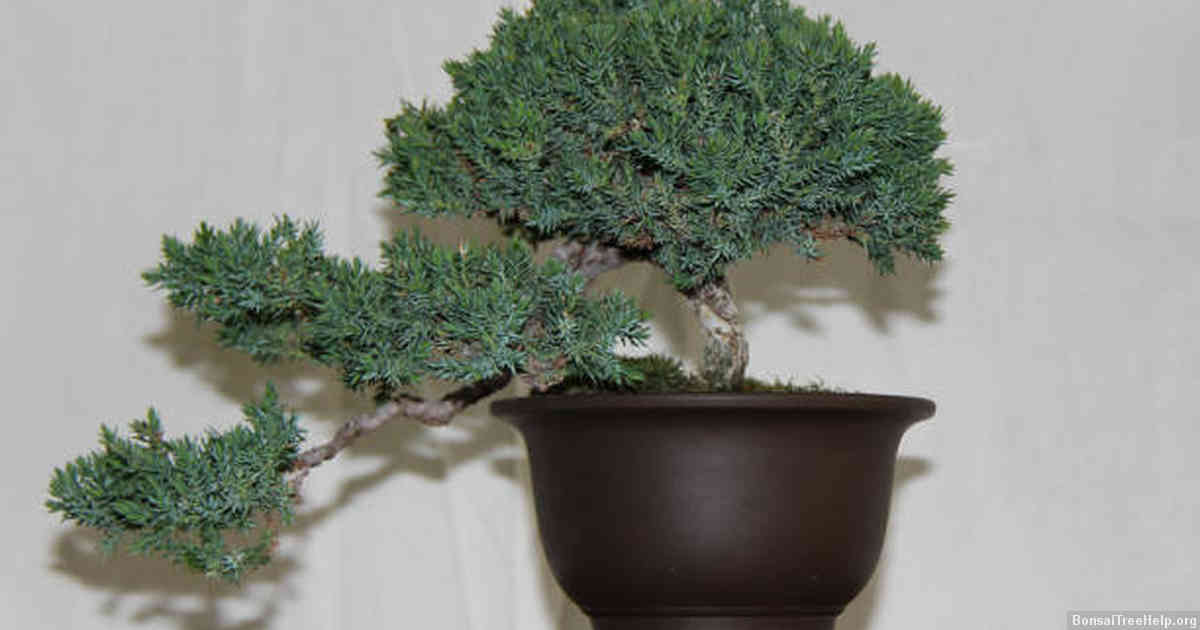
Correct pronunciation of the word ‘bonsai’ is “bon-sigh”. The Japanese word, bonsai, comes from two components – ‘Bon’ meaning tray or shallow bowl and ‘sai’ meaning plant. Together, these two parts mean a tree in a shallow pot. A person must take care to pronounce it correctly so as not to misrepresent the artform.
The syllables are pronounced slowly, with each sound given equal attention and respect. To master proper pronunciation of this term one needs to focus on how they articulate the sounds they hear when saying it out loud. One should be especially aware of keeping the sibilance of ‘sigh’ distinct in order for their speech clarity to be recognizable and accurate for all listeners.
Incorrect pronunciations such as “bone-see” or “ban-zai”, may cause confusion since those terms have alternate meanings that vary from region to region and language to language. Therefore being precise with spoken language is paramount when discussing an ancient art like bonsai cultivation in order to ensure everyone involved has a uniform understanding of communication requirements and expectations.
Different Dialects and Inflections
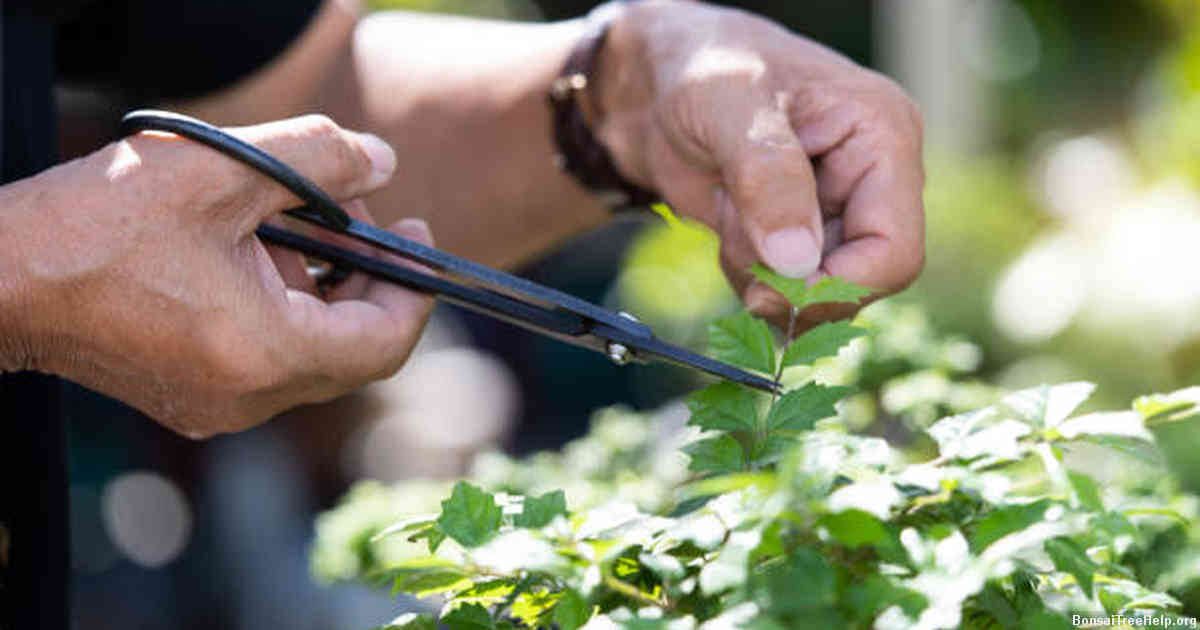
When looking at how to pronounce bonsai, it is important to consider the different dialects and inflections of the word. Depending on where you are located, or which language you speak, there may be slight variations in the pronunciation. For example, in Standard Japanese as spoken in Tokyo, this word would be pronounced “bohn-sah-ee”. Meanwhile in Western countries, like Canada or England for instance, it is often pronounced differently – with a short ‘a’ sound – “bon-sai”.
In most areas that have adopted bonsai from Japan (such as Australia), the Tokyo inflection has been more widely accepted; however one can still find other people pronouncing words slightly differently due to their own personal habits. This phenomenon is especially true within certain East Asian communities such as Chinese, Korean and Vietnamese who also use a variation of the Tokyo dialect but add their own twist to it. Finally if we look at Eastern Europe and Russia where they don’t typically use English characters for phonetics so much anymore – ронсай – then we’ll find yet another interesting way of saying this very special word.
It’s fascinating how many languages and cultures have taken hold of the term “bonsai” over time and how they each bring something unique to its pronunciation. What remains clear though is that no matter what country you’re visiting or whom you talk to about bonsai trees all will recognize and appreciate them equally.
Mispronunciations to Avoid
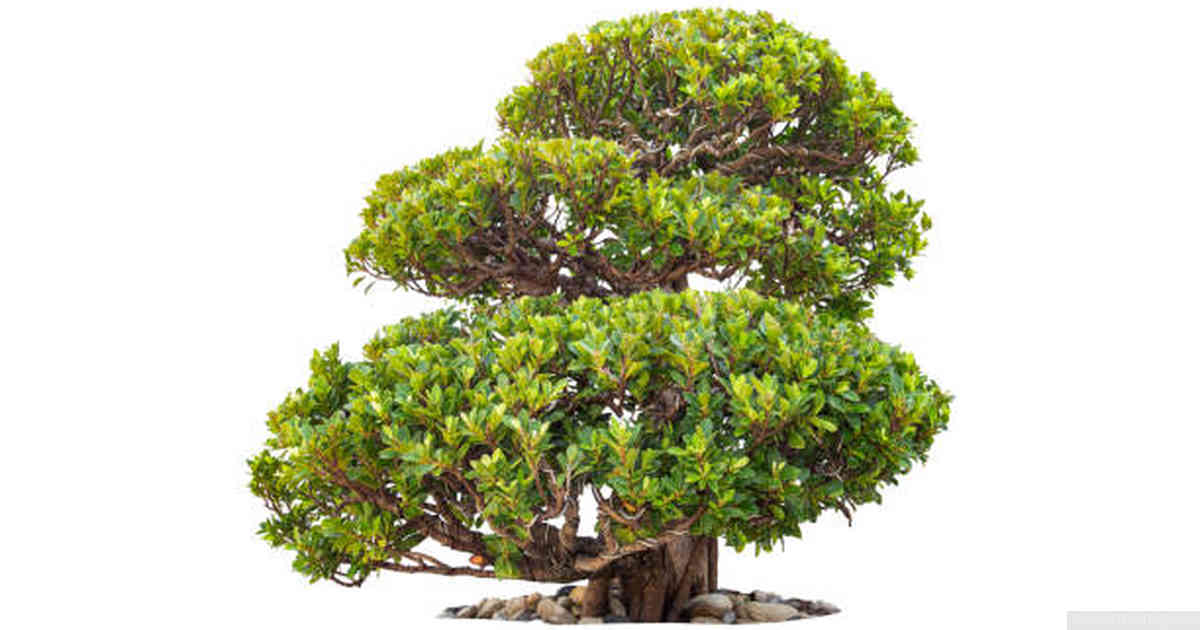
Mispronouncing bonsai is a common mistake, but it’s one that can lead to some embarrassment. In order to avoid making such an error, it’s important to know the correct way of saying this unusual word. The correct pronunciation of bonsai is “bone-sigh” with a silent ‘e’ and a slightly lengthened sound on the second syllable. To break it down further: ‘bon’ should be pronounced in the same way as ‘on’ but with more emphasis put on the first letter; and ‘sigh’ needs to have greater stress than normal for an English word as there are two separate vowel sounds in it – so don’t slur them together.
Another mistake made by many when attempting to say this Japanese horticultural art form is pronouncing it ‘bounce-eye’. This certainly isn’t wrong per se, but it will likely attract quizzical looks from those who have heard bonsai spoken correctly before, since that combination of words isn’t actually derived from any language. Similarly, mispronunciations like ‘banzai’, ‘bonsay’, or ‘bonsi’ all look plausible on paper but these too tend not to elicit the response you may wish for in conversation – unless your intended audience is particularly lenient.
When trying out your newfound knowledge of how to pronounce bonsai correctly with others – make sure you pay attention to accent and dialect differences between speakers so that everyone involved feels comfortable enough to continue speaking without worrying about possible misunderstanding. That said – hopefully by now you’re confidently able recite this complex term without fear of tripping up over its tricky vowel combinations.
Bonsai Culture and Tradition
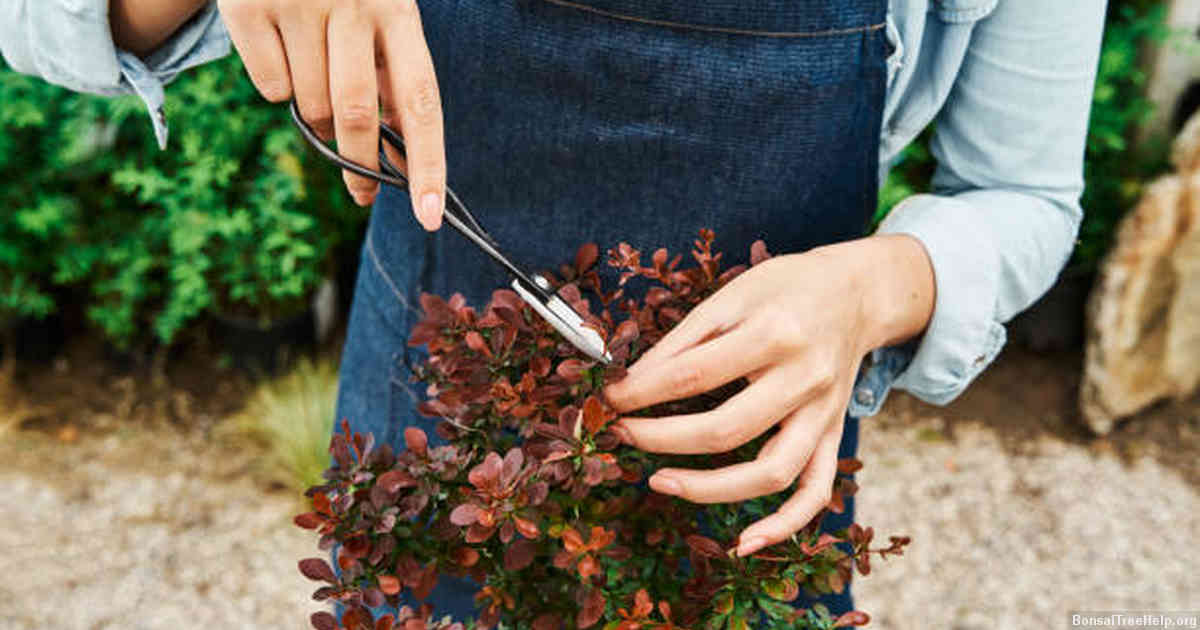
Bonsai is a Japanese art that has been around since the Middle Ages. The term comes from two words, bon meaning tray and sai meaning planted. It is an ancient form of gardening in which miniature trees are grown in shallow containers or trays. Bonsai is used to create small yet beautiful gardens that evoke serenity, contemplation and nature within confined spaces. In essence, it creates harmony between man and nature by combining creativity with tradition.
The word bonsai itself is pronounced “bone-sigh” as opposed to “bon-seye.” It was traditionally pronounced “bonsay” but this changed over time due to Japanese influence on the English language – although some linguists debate whether this actually happened or not.
In Japan bonsai culture is respected and treated almost as a religion; many people believe it’s more than just gardening but rather an act of creating something sacred out of living things. People who grow bonsais often practice contemplative techniques such as meditation or mindfulness while tending their plants, connecting even further with their inner self through cultivating living nature around them. It’s also a form of expression for many artists and hobbyists alike who create stunning designs for others to admire.
The Art of Bonsai Management

Bonsai is not just the act of speaking a word. It’s also the art form of cultivating miniature trees and plants. Managing bonsai involves carefully pruning, wiring, repotting, and maintaining healthy soil in order to grow small-scale versions of larger trees. This process can be very intricate and requires patience and skill to get right; however, with practice, anyone can learn how to successfully create their own vibrant bonsai displays.
Growing a successful bonsai typically begins with selecting an appropriate species for your climate and setting up ideal conditions for its growth. Trees like azaleas or junipers that respond well to pruning are usually good candidates for this craft. You’ll want to choose young plants as they are easier to shape into desired forms than mature specimens. Proper watering techniques should also be employed in order for your tree’s roots to remain healthy during its development.
Tools such as wire cutters, rake scissors and knives are used when styling a bonsai tree; these items help manage branch positioning while keeping foliage nice and neat looking at all times. No matter what species you choose, it’s important that you evaluate existing branches periodically over time so that none become too long or overcrowded with leaves which could damage their overall health down the line.
Pronouncing Words from Other Languages

Pronouncing words from other languages can seem difficult if you are not familiar with them. Even for those who know a bit of the language, it is still possible to mispronounce certain words. Bonsai is one such example as many people find themselves stumped when trying to figure out how to say it correctly.
The right way to pronounce bonsai is ‘bone-sigh’ and it should have a rolling ‘r’ sound at the end, but without being too exaggerated – think more of a purring than a growl. To break down the individual sounds further, each syllable starts off with an emphasis on the first letter so that ‘bone’ would be pronounced like bon-eh and ‘sigh’ will sound like sigh-eeh.
Practice does make perfect in this case and repeating the word aloud several times until you get used to saying it will help your accuracy immensely. Asking native speakers for advice can also prove useful; hearing someone else’s pronunciation up close can give valuable insight into how bonsai should be said correctly.
Helpful Tips for Pronouncing Foreign Words
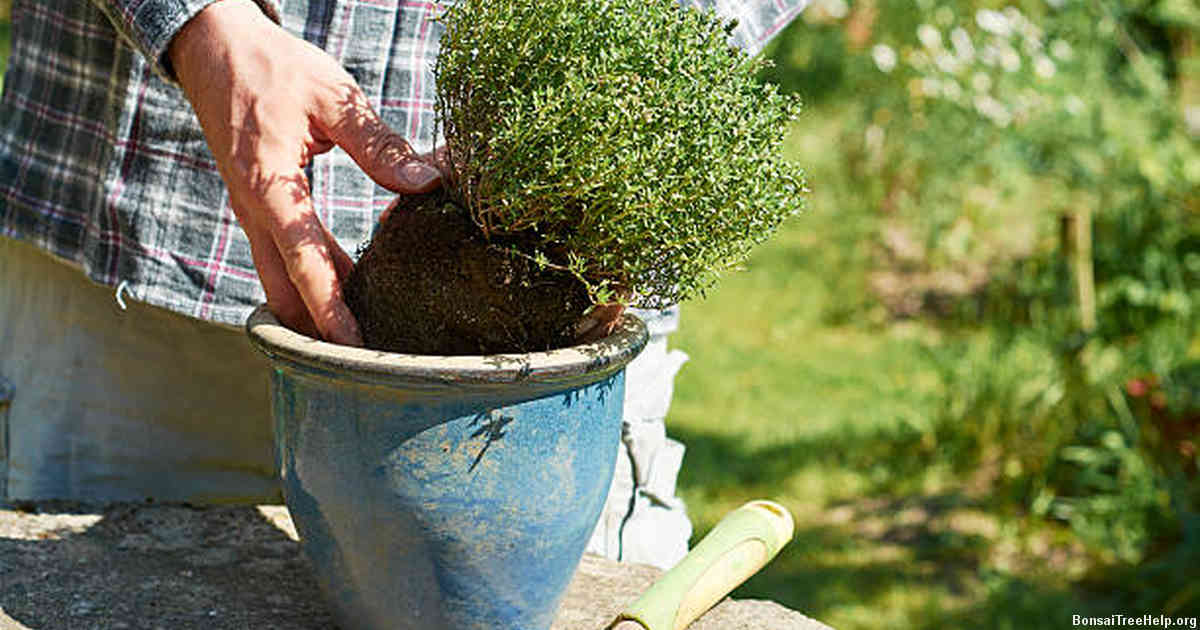
Pronouncing words in foreign languages can seem like an insurmountable task. To help bridge the gap between native and non-native speakers, here are a few tips to properly articulate these syllables. One of the most important techniques is to break down the word into smaller components by listening for each sound that forms it. Many words from other languages are not easily recognizable as English or even Latin based words so this method of segmenting is useful for making sense of them. Repeating each part aloud will improve fluency over time and give confidence in pronunciation.
To go further with practice, recordings of native speakers saying each word should be used for accurate enunciation. These audio clips give insight into proper inflection and tones which differentiate words meaning in some foreign tongues (especially Romance languages). Verbal exercises such as tongue twisters can also sharpen up accentuation when trying out new pronunciations. For example, “Suzy sells seashells down by the seashore” makes difficult consonant combinations more manageable when broken up at a slower pace while emphasizing those troublesome letters–namely S and SH.
Reading aloud books or articles on a subject might introduce vocabulary related to the language you’re learning. Reading specific passages multiple times helps accustom listeners to the pace and intonation associated with different accents whether domestic or international. Finding helpful contexts through stories has been invaluable for language learners all around the world.
Leave a Reply